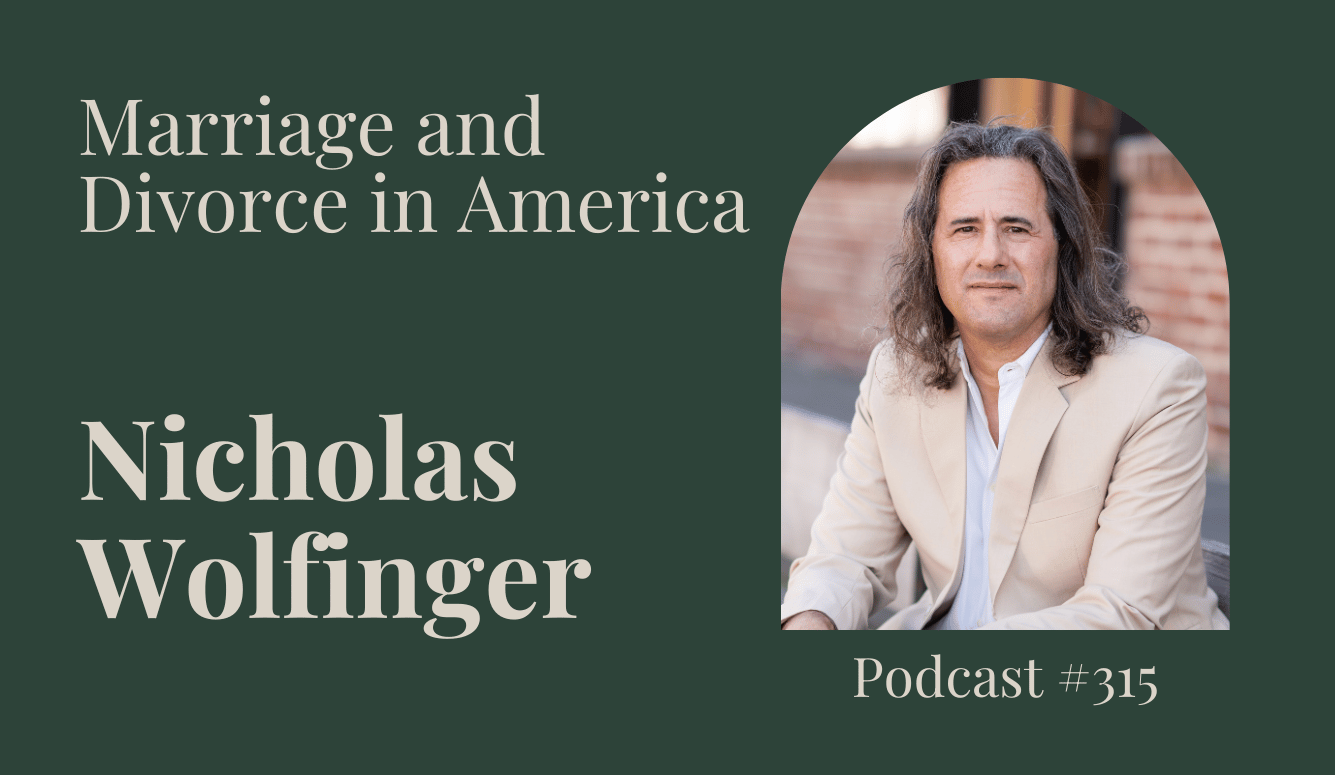Art and Culture
What I Learned In My Women’s Studies Classes
Oppression does indeed exist. But, oppression is complicated, far more complicated than can be distilled in an undergraduate academic setting.

When I first discovered women’s studies, I was lulled into a comforting sense that I had discovered the “truth.” It was as if my veil of ignorance had been yanked away, and I was blissfully seeing the world for what it really was.
I have taken seven women’s studies classes; initially at a nondescript state university and later at a women’s college in Manhattan. After taking those classes, I realize that not only was I deluded, but I was led into an absurd intellectual alcove where objective truth is subordinate to academic theories used as political propaganda.
Indeed, since knowledge itself is considered a patriarchal construct, feminist theories are the organizing principles of classes.
The theoretical backbone of women’s studies is grounded in three main conjectures: that of the patriarchy, intersectional oppression, and social constructionism.
None of these contentions can be proven or falsified. Yet, as a student, good grades are contingent on agreeing with them. So what do they actually represent?
No theory is more fundamental to academic feminism than the theory of the patriarchy. Quite simply — and perhaps too simply — patriarchy is the theory that there is a regime of institutionalized male control over women.
Male control, and thus, its logical consequence — female oppression — is the foundational theory my classes were structured on.
But while patriarchy theory debuted in Kate Millet’s book Sexual Politics (1970), feminists soon realized that oppression didn’t exist just along the lines of gender.
Almost 20 years later, in 1989, Kimberlé Crenshaw challenged the notion of oppression existing on just the “single categorical axis” of gender. She introduced another axis of oppression: race.
This led the path for intersectional, or inter-axis, oppression. But why just analyse oppression through the vectors of race and gender?
The hidden message of intersectional oppression is clear: oppression is everywhere. Perhaps you think this is an exaggeration. Surely women’s studies do not teach that oppression is “everywhere,” does it? (Yes, it does.)
So, if you’re not finding oppression: look harder. The unfortunate consequence of this theory is that oppression will be found everywhere — even where it doesn’t exist.
Finally, the last theory my classes were predicated on is “social constructionism.” According to this theory, everything we can observe, such as gender differences, are because people have “constructed” them. Culture matters.
While this doctrine can yield valuable insights, it also engenders women’s studies’ biggest blind-spot: biology. Social constructionism theory was meant to subvert the former prominence of biological determinism, but perhaps it worked a little too well.
Decades ago, popular thinking was biology caused gender differences, nothing else. Now, the pendulum in theorizing has shifted. Nay, biology doesn’t determine fate, but culture.
Men are violent not because of hormones, but because of socialization into “toxic masculinity.” And women, who are more nurturing, do so because of sexist conditioning, says social constructionism.
In fact, merely mentioning biological differences can be wrongthink. Or worse, as I learned in one of my classes, it can be upsetting to genderqueer or transgender students. Thus, some of the root causes of what makes men and women differ — hormonal, neurological, and biological differences — is left out of the discussion.
Mentioning dissident academics is also wrongthink. For example, during a discussion on intersex individuals, I earnestly recalled an article I read by well-known academic Alice Dreger. “Transphobic and problematic,” my professor tisked.
We were also taught that our personal experiences were forms of knowledge, “lived experience.” This is why discussions that began with students rhapsodizing on feminist theory often devolved into emotional overindulgence. Class discussions trend towards group-therapy sessions. In fact, this is why my syllabi have often employed disclaimers telling students that “what is said in the classroom, stays in the classroom.”
In all, the thick academic prose of feminist scholars confers gravitas to what otherwise could resemble political propaganda. “The patriarchy is the root cause of everything! Fight it now!”… if only the word patriarchy was replaced with capitalism, it’d be similar to communist propaganda.
It’s no coincidence that many of my former professors had academic backgrounds in Marxism. In fact, it makes sense now, since redistribution of privilege (and not just capital) is an imperative for a utopian post-oppression society.
Don’t get me wrong; I’m not suggesting that my professors are bad people. They’re not, and as people, I respect them tremendously. My concern is not with them, but with the subject content itself.
Oppression does indeed exist. But, oppression is complicated, far more complicated than can be distilled in an undergraduate academic setting. And teaching students how to view the world through the lens of oppression isn’t just dangerous, but cruel. Nothing is more oppressive than having your professors teach you that you’re a victim.





